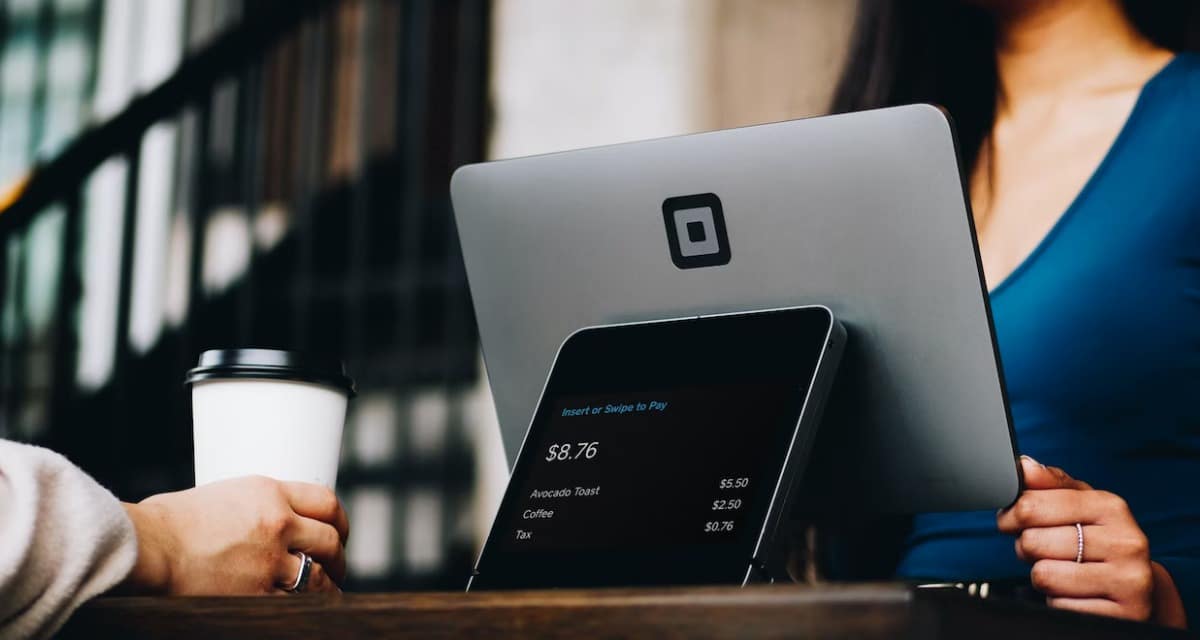Have touchscreens led to “tipflation?”
The Future. With the pandemic switching most businesses over to tablet-enabled point-of-sale (POS) systems, the act of tipping has become ubiquitous across every transaction… and maybe a little more than just optional. While the checkout system may have customers spending more than they need to, the programmed generosity may go a long way to paying employees something closer to what they’re really owed.
Push pressure
This may sound insane, but… are we all tipping too much?
- According to Vox, many places that aren’t providing a service are starting to ask for tips, such as retail stores, merch booths, and ticketing counters.
- That shift was made possible by POS systems created by Square and Toast that have revolutionized contactless payments… and their ability to easily add a tipping option.
- The ease of adding the tip when checking out makes it hard to refuse, and companies can set different percentages for customers to give.
- Those programmed percentages can be pretty high, with options like 20%, 25%, and 30%, or dollar amounts for low-cost items (which could end up with a customer dropping as much as they paid for the product itself).
- For those who want to break out of the system and leave a custom tip (or none at all), the buttons are typically smaller, hard to navigate, and, worst of all, hold up the line.
Research shows that tipping — especially in the US — is driven more by social pressure than generosity for good service. So when you’re checking out and a line of people are behind you, you’re more likely to hit the middle programmed percentage and call it a day.
Programmed generosity
While the “tipflation” (a term coined by Vox’s Sara Morrison) may pinch customers, it’s a boon to both businesses and employees, not to mention the fintech companies behind the POS systems.
- As wages increase across the board, businesses struggling to offer competitive pay can promise higher tips.
- For employees, it’s simple: they get more money (legally, tips can only go to the employees, not the business itself).
- Since fintech companies get a percentage fee for transactions made on POS devices, the higher the tip, the more money they make.
While fintech companies have plenty of data on how much money they’ve accumulated from over-tipping, they (unsurprisingly) aren’t willing to share it. But the numbers must be great because one POS provider, QikServe, has a whole blog post on how sellers can use their platform to squeeze a higher tip out of customers.
Tech psychology at its finest.
TOGETHER WITH CANVA
No design skills needed! 🪄✨
Canva Pro is the design software that makes design simple, convenient, and reliable. Create what you need in no time! Jam-packed with time-saving tools that make anyone look like a professional designer.


